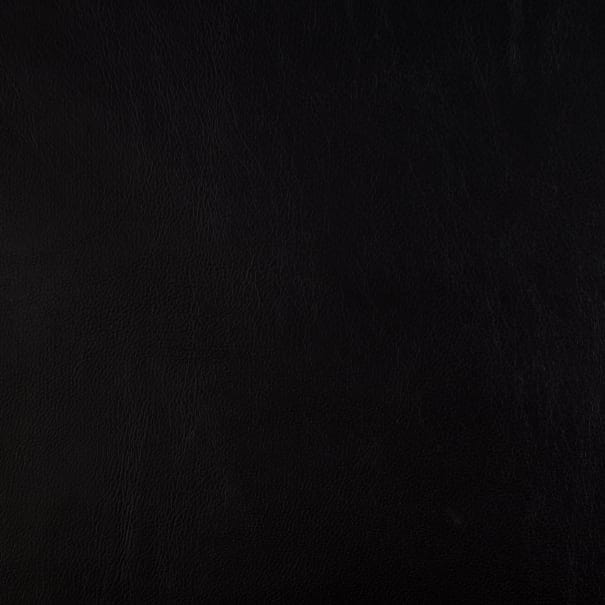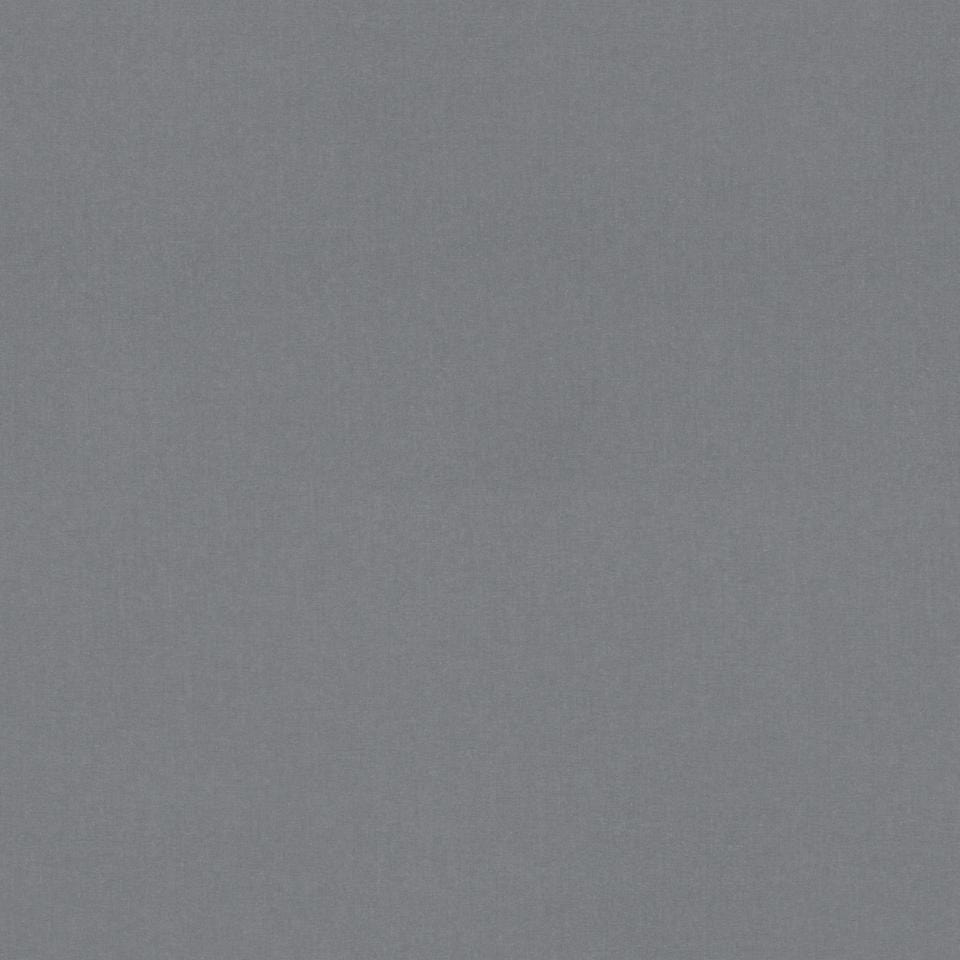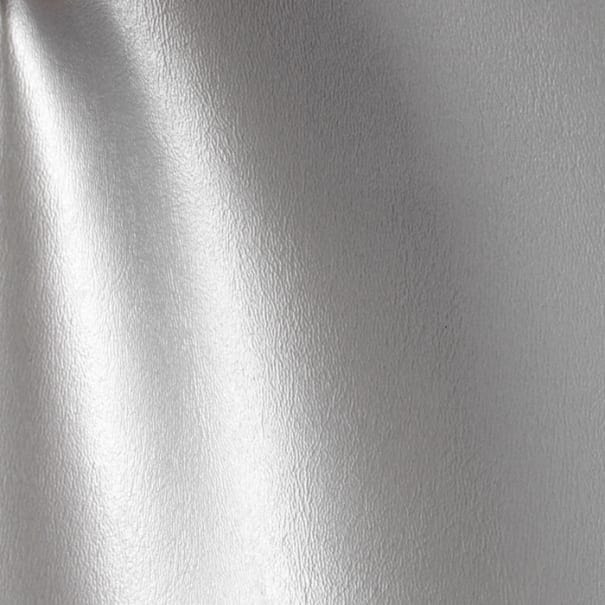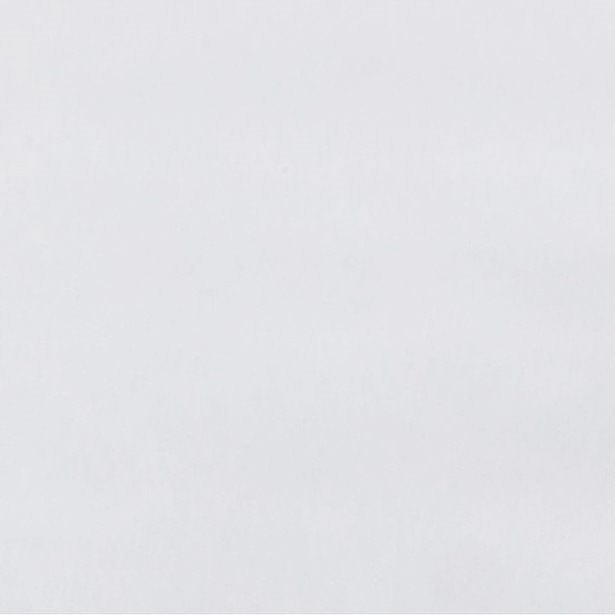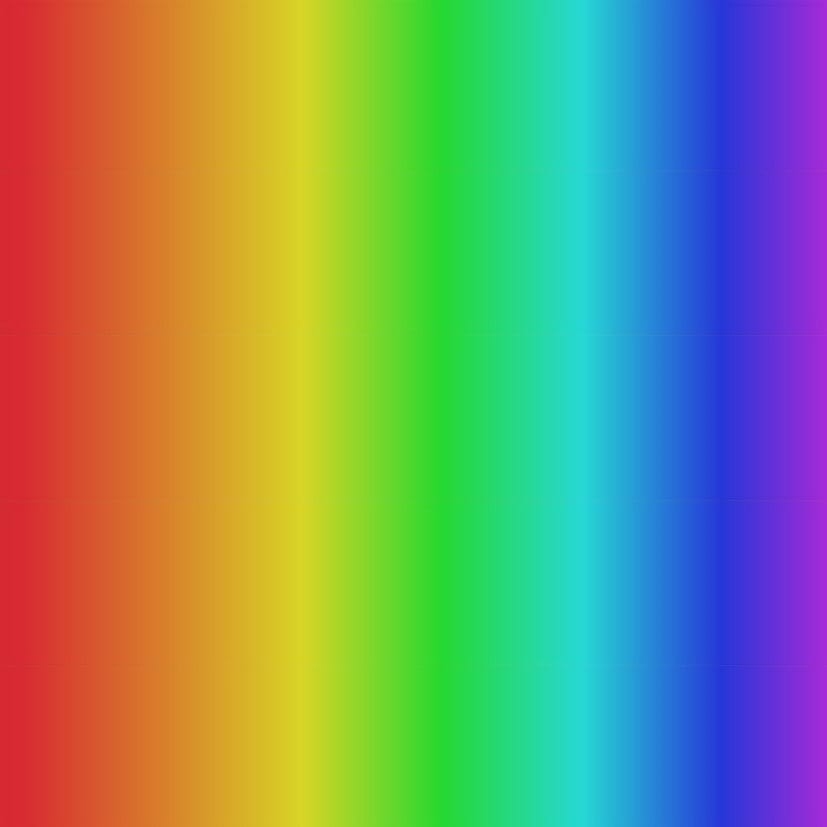THE COMPLETE BACKSPLASH TILE INSTALLATION GUIDE
Though it's a part of your kitchen that may not get much attention on a daily basis, your backsplash actually plays quite an important role in how your kitchen looks and functions. Of course, its primary duty is to protect the area behind your sink when you get a little overzealous cooking or washing dishes. Yet it also serves as a backdrop that can become a beautiful focal point in your kitchen allowing you to create unique backsplash designs.
If you're considering installing new backsplash tiles but need to know more about what's involved, here are our Oasis Tile tips about DIY and professional backsplash installation.
Shop Bathroom Backsplash Tiles
DIY AND PROFESSIONAL BACKSPLASH INSTALLATION COST
Since we know you're wondering if kitchen backsplash installation is difficult and/or expensive, we'll give you some information on how much it costs to have a tile backsplash installed.
First, certain factors will impact the cost of the job. The two main ones will be the type of tile you use for your backsplash, as well as whether or not an old backsplash needs to be removed. The typical range for backsplash installation cost goes from about $900 if you are doing a DIY installation to as much as $2500-$3000 if you hire a professional installer.
Material costs will vary. Ceramic tile is very popular with kitchen backsplashes, although glass tiles are seen in more and more kitchens. Installation costs for a ceramic tile backsplash may range from $200 to as high as $3000, while glass tiles could cost anything between $650-$1500, depending on the style and quality selected
Labor costs can also vary, with the size of the backsplash and how hard the tiles will be to install being the two main factors. The typical range for labor costs will be five to nine dollars per square foot. If you need to remove an existing backsplash before the new one can be installed, you can add an additional one to three dollars per square foot to the job's cost. Should new drywall be required, the labor cost may increase to an extra five dollars per square foot.
HOW TO INSTALL BACKSPLASH TILE YOURSELF
If you're ready to tackle your kitchen backsplash installation project on your own, here are the steps you'll need to take.
1. GATHER YOUR MATERIALS
First, gather together everything you'll need for the installation. This will include:
- thin-set mortar
- a bucket
- sponge
- rags
- a utility knife
- tape measure
- tile cutter
- level
- spacers
- caulking
If there is one mistake to avoid when installing backsplash tile, it is thinking you won't need your spacers and level. Should you try to only eyeball your backsplash, you'll have a backsplash that will get noticed for all the wrong reasons.

2. CLEAN THE WALL
Turn off the power to your kitchen, remove any outlet covers, and then clean the wall with a sponge or wet rag, letting it dry thoroughly.
3. PLAN THE LAYOUT
Always plan the layout of your backsplash tile installation. Use painter's tape to tape tile sheets to the wall, including any that have been cut to various sizes.
4. APPLY THE MORTAR
Apply the thin-set mortar with a notched trowel, then start installing the tile. As you go, add tile spacers so your backsplash won't be crooked. Once you're satisfied, use a clean grout float to press the tiles firmly onto the wall.
5. APPLY THE GROUT
After you have let the mortar set for about 12 hours, apply the tile grout. Work it well with the grout float so that you have no holes or gaps. This is especially important if you have used mosaic tiles to turn your backsplash into a one-of-a-kind picture, since even the slightest gap or air bubble could be disastrous.
6. WIPE AND CLEAN
Use a damp sponge to wipe away any excess grout, then use a dry rag or towel to get rid of any leftover haze that may have formed on the tiles while grouting.
7. SEAL THE GROUT
Finally, seal the grout. By using grout sealer, you will be making it easy to maintain your backsplash. The sealer will prevent staining, keeping your backsplash looking like new. As a last step, use some caulk to seal the area where your backsplash meets any upper cabinets or windows.

COMMON BACKSPLASH INSTALLATION MISTAKES TO AVOID
Kitchen remodeling projects are complex, and can be quite a big interior design undertaking.
From sifting through unique backsplash ideas and deciding on the perfect easy to clean backsplash tile type, all the way through to install, it’s important to take care and pay close attention at every step of the way to ensure you get a flawless result.
And please, make sure to read all instructions and backsplash tile installation guides beforehand to avoid kitchen backsplash mistakes!
MISTAKE #1: NOT DOUBLE-CHECKING MEASUREMENTS
One of the most common backsplash mistakes a lot of people make is simply not checking their measurements before installing backsplash tile. The best way to avoid disaster when installing kitchen tiles is by double-checking your measurements, including the backsplash tile size, before putting up the kitchen walls and grout lines.
The last thing you want is to start a project like this and then find out that you have way too much space between your cabinet and wall, or that your dream mosaic tile backsplash won’t fit the awkwardly-shaped space above your sink. Remember, always better safe than sorry.
Many backsplash installation mistakes stem from not doing basic measurements. Before you commit to kitchen backsplash tile, just make sure that everything is measured correctly.
MISTAKE #2: FORGETTING TO LOOSELY FIT THE TILE
This is one of the most common backsplash mistakes for beginners, so don't worry if you have done this in the past.
It's easy to forget about loose-fitting when installing a tile backsplash because there are so many other factors to keep in mind.
When you are purchasing tile, make sure that there is a little bit of wiggle room to allow the material to expand or contract without cracking your tile. There will be enough stress as-is with grout, and this simple step can eliminate some headaches down the road!
MISTAKE #3: USING GROUT THAT DOESN'T MATCH THE TILE
Using a grout color that is similar to your tile color could make a world of difference in the way your backsplash looks. If you aren't careful about this step, the overall aesthetic of your kitchen backsplash design could get thrown off.
The good news is that there are plenty of tile grouts that match many types of kitchen backsplash tile, so it's important not to give up when shopping for the perfect color.
For added convenience, shop our grout selection online. Choose from our wide offering of best selling neutrals, including White, Pearl Gray, or Avalanche.

MISTAKE #4: NOT USING SPACERS WHEN INSTALLING TILE BACKSPLASH
Spacers help with alignment and maintain consistent gaps when installing your tiles. We recommend to use them if they come included, but you can always purchase them separately, too.
If your tiles are all different sizes and shapes without any spacers, it could make the process a lot more difficult and lead to installation mistakes. If anything, using spacers is going to make things go much faster because there won't be as many bumps in your road when installing tile backsplash.
MISTAKE #5: TRYING TO CUT IT YOURSELF
In our opinion, overconfidence is one of the most common backsplash mistakes.
Don't go into this project thinking that you can just cut tiles easily without any experience. All it takes is one slip-up for your tile to chip and wind up completely destroyed!
A kitchen backsplash is an extremely detailed installation to do by yourself – so much so that almost every kitchen tile company recommends hiring a professional for this type of job.
This is due largely in part to the fact that different types of tile (ceramic tile, porcelain tile, glass tile, stone tile, and metal tile) require different cutting techniques and methods.
If you are determined to cut the tile yourself, know that it will take a lot of patience and time to get it right and steer clear of backsplash installation mistakes.
MISTAKE #6: NOT USING ENOUGH GROUT
When installing kitchen backsplash tile, grout lines need to be around a quarter-inch thick to ensure that the kitchen tile backsplash looks clean and professional.
If you don't use enough grout, it can be especially noticeable if your kitchen tiles aren't perfectly level or even throughout the entire space. This is a job for an expert, so take it seriously!
MISTAKE #7: SKIPPING PRIMING
If you aren't going to prime the walls before installing your kitchen backsplash tile, there's a BIG possibility that the tiles won't stick on as tightly.
To avoid backsplash installation mistakes from the start and make your new tile stand out for a long period of time, put a layer of primer on the clean surface first. This will help ensure that the kitchen tile backsplash stays in place for years to come.
MISTAKE #8: PLACING YOUR KITCHEN TILE BACKSPLASH BEHIND A STOVE
The heat that radiates from your kitchen appliances is enough to damage the grout and tiles of kitchen backsplashes, so it's best not to use them behind any kind of stovetop.
If you’ve already installed your kitchen backsplash behind your stove and you notice damages, there is a solution. You can add on a layer of protection for things like grease and constant heat decay.
MISTAKE #9: NOT LISTENING TO SOMEONE WITH EXPERIENCE
If you are ever in doubt about what needs to be done when installing kitchen backsplash tile, ask a professional. Professionals are familiar with common backsplash mistakes, as they have seen kitchen tiles from all angles. They will be able to tell you what needs to be done before starting the process of kitchen backsplashes.
If this is your first time installing kitchen tiles or if it's been years since you last did so, then do yourself a favor and get an expert opinion.
For best results, hire somebody that knows how to install a backsplash properly so that you can avoid backsplash installation mistakes altogether.
MISTAKE #10: NOT BUYING EXTRA TILE
Before starting your kitchen backsplash project, it’s absolutely crucial to make sure you have extra tile on hand.
Extra stock will cover you in the event of unexpected issues such as damaged tiles, discontinued lines, or mistakes that force you to remove installed backsplash tile.
As a rule of thumb, we always recommend purchasing an overage of 10-15% to safeguard your kitchen backsplash project.
MISTAKE #11: THINKING THAT IT IS AN EASY DIY PROJECT
Even though kitchen backsplashes aren't overly difficult to install yourself, they do take time and patience.
If you aren't careful and don't work on kitchen backsplash tile with care, you run the risk of DIY backsplash mistakes occurring and your new kitchen tiles might not turn out how you intended!
BACKSPLASH TILE INSTALLATION FREQUENTLY ASKED QUESTIONS
CAN FLOOR TILE BE USED ON A BACKSPLASH?
This will depend on the manufacturer's specifications. Generally, we recommend sticking with tiles made specifically for kitchen wall installation. Remember, wall tile is called wall tile for a reason.
CAN BACKSPLASH TILE BE INSTALLED ON DRYWALL?
If your wall is smooth, flat, and clean, it is easy to install virtually any type of tile for your backsplash directly onto drywall or plaster.
HOW WILL I KNOW THE AMOUNT OF TILE I NEED FOR THE BACKSPLASH?
To know how much tile you will need to complete your kitchen backsplash installation, you will measure the area's height and width, which you will multiply. This gives you the total area in inches, which you will then divide by 144 to get the proper amount of square footage.
WHAT TILE IS BEST FOR A BACKSPLASH?
This will vary based on the type of backsplash you desire. Here at Oasis Tile, we have customers who use ceramic, porcelain, glass or stone for their backsplashes. You will also need to factor in how much you want to spend on the project, ease of installation, if you want to take this on as a DIY project or hire a professional installer for the job, if you are looking for a backsplash tile that’s easy to clean, or if you are after trending backsplash tile styles.
EXPLORE OUR COLLECTION OF BACKSPLASH TILES
If you are redoing your kitchen and looking for high quality backsplash tiles, look to us here at Oasis Tile for everything you need. Once you begin exploring our excellent selection of tiles for your kitchen, you'll know the possibilities for your kitchen backsplash are endless.


